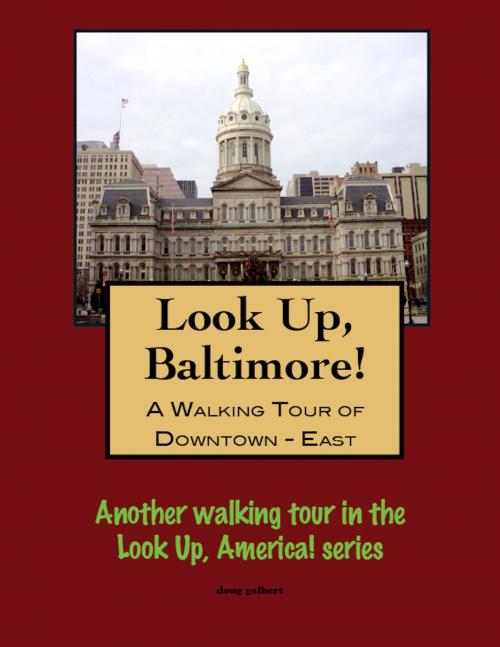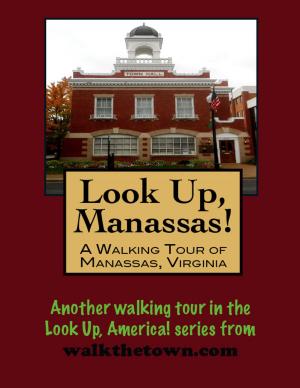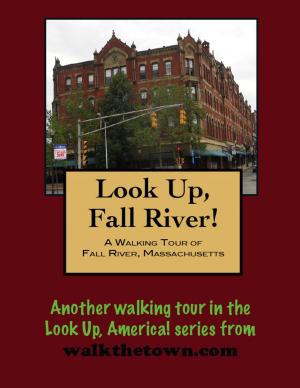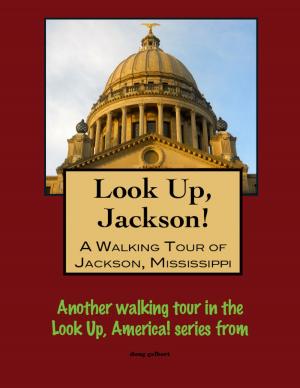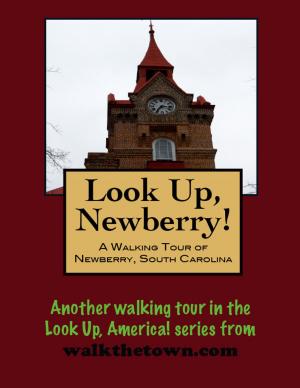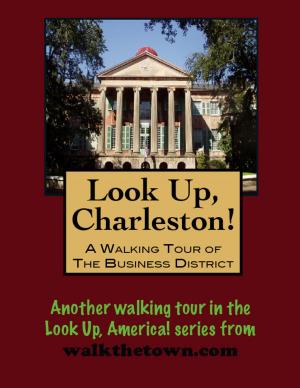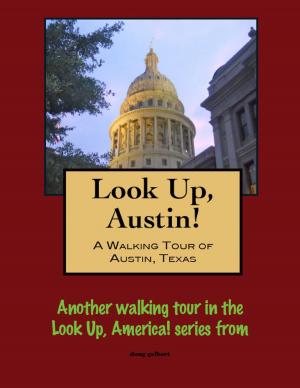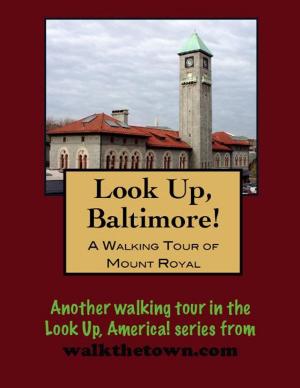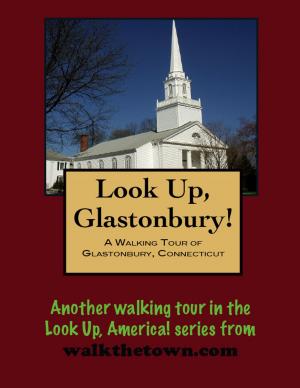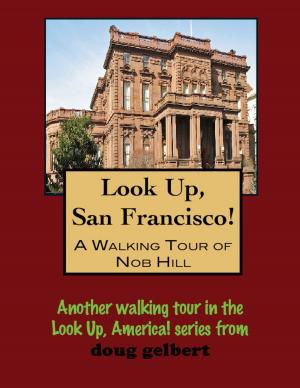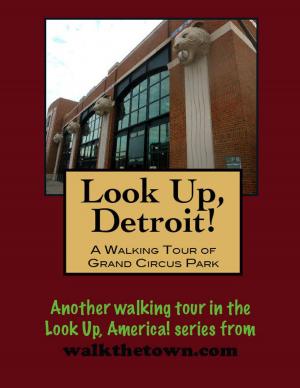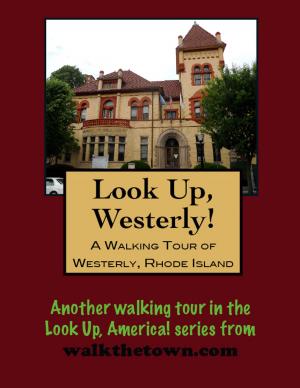| Author: | Doug Gelbert | ISBN: | 9781452307954 |
| Publisher: | Doug Gelbert | Publication: | January 11, 2010 |
| Imprint: | Smashwords Edition | Language: | English |
| Author: | Doug Gelbert |
| ISBN: | 9781452307954 |
| Publisher: | Doug Gelbert |
| Publication: | January 11, 2010 |
| Imprint: | Smashwords Edition |
| Language: | English |
There is no better way to see America than on foot. And there is no better way to appreciate what you are looking at than with a walking tour. Whether you are preparing for a road trip or just out to look at your own town in a new way, a downloadable walking tour from walkthetown.com is ready to explore when you are.
Each walking tour describes historical and architectural landmarks and provides pictures to help out when those pesky street addresses are missing. Every tour also includes a quick primer on identifying architectural styles seen on American streets.
The advantageous commercial situation of Baltimore pre-destined it to be a great city. Yet it was not laid out till 1730, nearly a century after the founding of Maryland. Scores of other towns had meantime been created and had perished.
There was an element of accident in the location of Baltimore. Had a single individual named John Moale possessed prophetic insight, the half-million inhabitants of the city would to-day be occupying a somewhat different situation. Mr. Moale owned land on the south side of the Patapsco River which he valued highly on account of the iron-mines it contained. When it was proposed to lay out a town on Moale’s Point, he hastened to the Assembly at Annapolis, of which he was a member, and had the proposal defeated. After Mr. Moale had taken this false view of his own interests, the petitioners who wished to build a town requested that it might be laid off on the north side of the Patapsco. Accordingly, on August 8, 1729, there was passed “ An Act for erecting a Town on the North side of Patapsco, in Baltimore County, and for laying out in Lots, Sixty Acres of Land, in and about the place where one John Fleming now lives.” l
By this act seven Commissioners were appointed to purchase the land and to lay it out into sixty equal lots. The owners first chose a lot, after which others were free to choose the remaining lots. In case the one who selected a lot should fail to build thereon within eighteen months a house covering four hundred square feet, any other person could enter upon the lot, after paying the sum first assessed. This was forty shillings an acre, and each settler paid his share to Charles and Daniel Carroll, the original owners of the land, either in money, or in tobacco at the rate of a penny a pound. Thus the original site of Baltimore cost something less than six hundred dollars in our present money.
In January, 1730, the town was laid off, beginning at the junction of what are now known as Pratt and Light Streets. The growth of the new town was slow. After twenty-two years had elapsed it contained only twenty-five houses.
This tour of downtown Baltimore takes you through the nuts and bolts of what that slow-starting city has become - the center of government, the headquarters of its largest corporations, a succession of towers that vied for the city’s highest. Our walking tour will start at the Baltimore’s first urban renewal project that happens to be right next to a church site that has been in the same hands as it was back in 1730 on Charles Street...
There is no better way to see America than on foot. And there is no better way to appreciate what you are looking at than with a walking tour. Whether you are preparing for a road trip or just out to look at your own town in a new way, a downloadable walking tour from walkthetown.com is ready to explore when you are.
Each walking tour describes historical and architectural landmarks and provides pictures to help out when those pesky street addresses are missing. Every tour also includes a quick primer on identifying architectural styles seen on American streets.
The advantageous commercial situation of Baltimore pre-destined it to be a great city. Yet it was not laid out till 1730, nearly a century after the founding of Maryland. Scores of other towns had meantime been created and had perished.
There was an element of accident in the location of Baltimore. Had a single individual named John Moale possessed prophetic insight, the half-million inhabitants of the city would to-day be occupying a somewhat different situation. Mr. Moale owned land on the south side of the Patapsco River which he valued highly on account of the iron-mines it contained. When it was proposed to lay out a town on Moale’s Point, he hastened to the Assembly at Annapolis, of which he was a member, and had the proposal defeated. After Mr. Moale had taken this false view of his own interests, the petitioners who wished to build a town requested that it might be laid off on the north side of the Patapsco. Accordingly, on August 8, 1729, there was passed “ An Act for erecting a Town on the North side of Patapsco, in Baltimore County, and for laying out in Lots, Sixty Acres of Land, in and about the place where one John Fleming now lives.” l
By this act seven Commissioners were appointed to purchase the land and to lay it out into sixty equal lots. The owners first chose a lot, after which others were free to choose the remaining lots. In case the one who selected a lot should fail to build thereon within eighteen months a house covering four hundred square feet, any other person could enter upon the lot, after paying the sum first assessed. This was forty shillings an acre, and each settler paid his share to Charles and Daniel Carroll, the original owners of the land, either in money, or in tobacco at the rate of a penny a pound. Thus the original site of Baltimore cost something less than six hundred dollars in our present money.
In January, 1730, the town was laid off, beginning at the junction of what are now known as Pratt and Light Streets. The growth of the new town was slow. After twenty-two years had elapsed it contained only twenty-five houses.
This tour of downtown Baltimore takes you through the nuts and bolts of what that slow-starting city has become - the center of government, the headquarters of its largest corporations, a succession of towers that vied for the city’s highest. Our walking tour will start at the Baltimore’s first urban renewal project that happens to be right next to a church site that has been in the same hands as it was back in 1730 on Charles Street...
